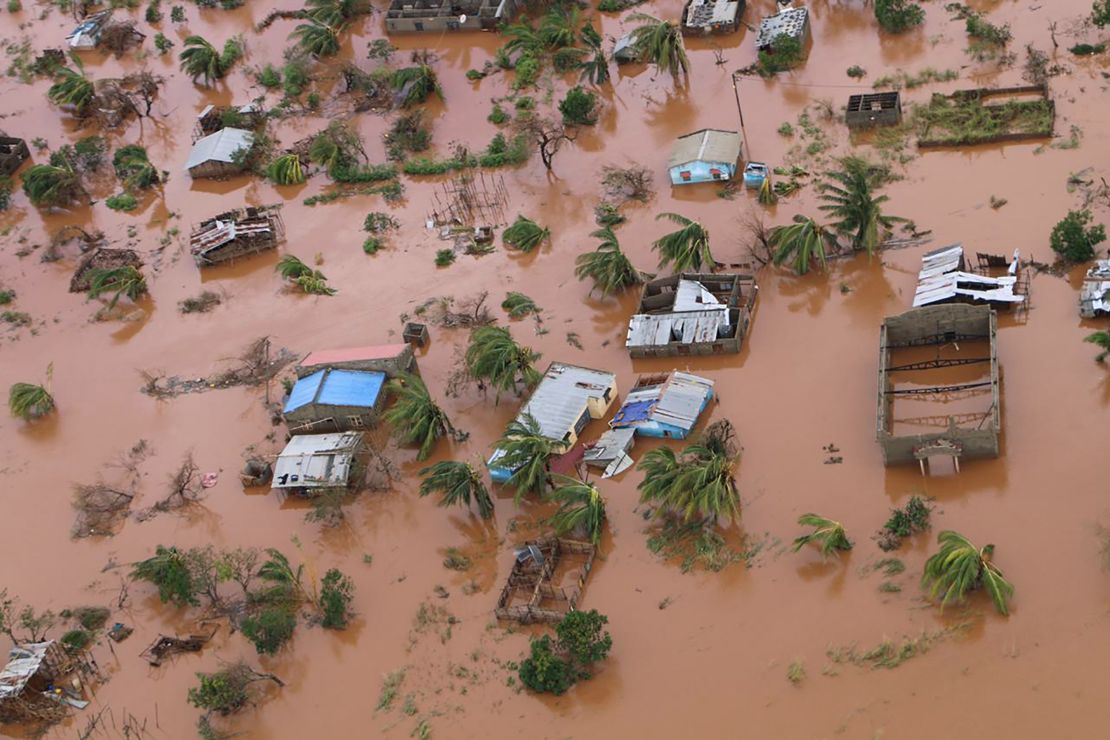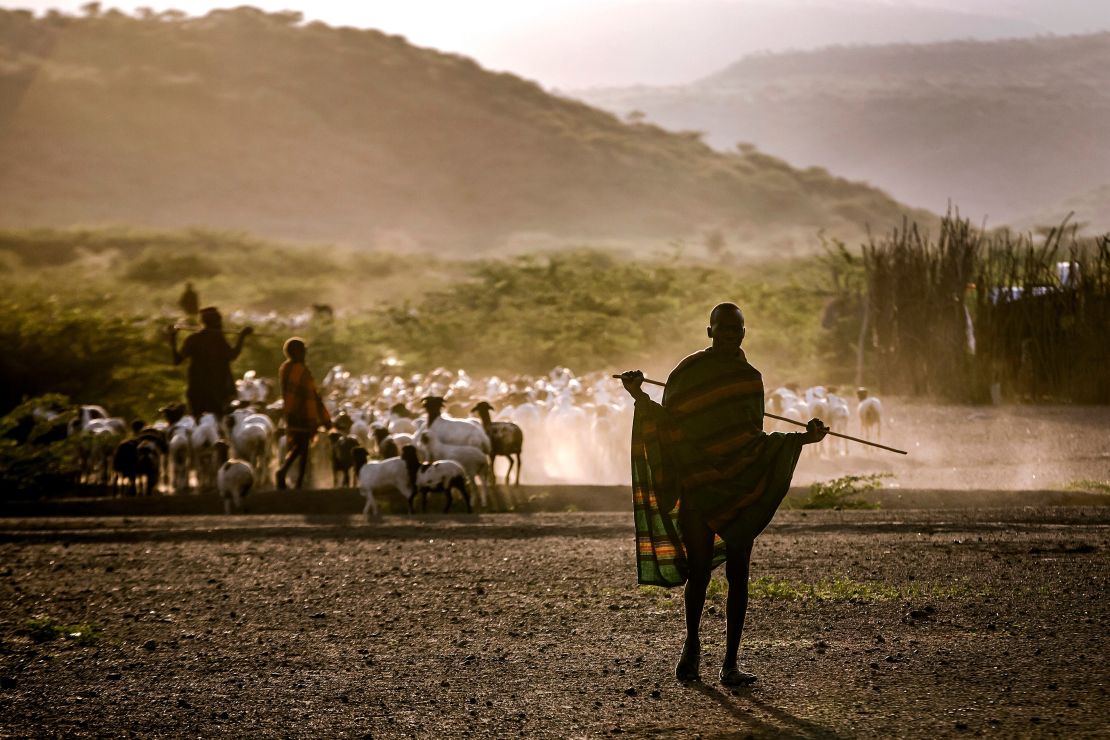After declining for most of the last decade, hunger is once again on the rise around the world, and climate change is a primary cause. Over 820 million people suffered from hunger in 2018, the greatest number since 2010 according to findings from a new World Meteorological Organization report released today.
The wide-ranging State of the Climate report outlines the latest science and includes data from a variety of disciplines in order to evaluate the current and future impacts of climate change on everything from heath and global economies to food insecurity and refugee displacements.
Climate variability is one of the key contributors to this increase in global disruptions due to food insecurity, displacement, and deaths from disasters.
Food supplies in some of the most vulnerable regions in the world are being directly affected by impacts such as crop failures and locust swarms.
Exceptional drought followed by extremely heavy rainfall markedly decreased the seasonal crop yield in the Horn of Africa during 2019. These irregular weather and climate patterns also contributed to the worst desert locust invasion in 25 years, which further threatened the crop supply in the region.
As a result, by the end of 2019, over 22 million people in the Horn of Africa alone were estimated to be severely food insecure.

Extreme weather spans the globe
High-impact weather events in 2019 were largely to blame for up to 22 million estimated displacements of people due to disasters, up more than 25% over 2018. Floods and storms contributed the most, including Tropical Cyclone Idai in Mozambique and Hurricane Dorian in the Bahamas – each of which dropped unprecedented amounts of rainfall and displaced tens of thousands of residents.
During two separate summer European heatwaves, all-time record temperatures were notched in several countries across Europe and at least 1,462 deaths were recorded.
But the impacts on human health extend beyond just hunger and heat-related illness.
The dengue virus, a mosquito-borne illness, has seen its global incidence grow dramatically in recent decades and now threatens about half of the world’s population, the report finds.
Australia experienced record warm temperatures and extreme drought, creating the perfect storm for the wildfires that burned over 7 million hectares (17 million acres) in New South Wales and Victoria alone. The fire activity wasn’t just confined to Australia, though, Siberia and South America’s Amazon rain forests saw massive wildfires as well.
Symptoms of the climate crisis
The extremes don’t stop there, as the global thermostat continues to rise, along with many of the other tell-tale symptoms of global warming.
The global-average temperature was 1.1 degree Celsius (2 degrees Fahrenheit) above the pre-industrial era, topping off 2010-2019 as the warmest decade on record.
The findings of this report are not surprising, as the WMO released another report in January stating that 2019 was the second-warmest year on record. Only 2016 was warmer, due to a strong El Nino event that heated the globe naturally.
In 2019, the global mean sea level reached its highest value on record, due to the melting ice sheets in Greenland and Antarctica as well as continuing heating of the ocean, which the report notes once again reached it’s highest levels of heat in the upper 2 kilometers (1.2 miles) of ocean depth.

“Given that greenhouse gas levels continue to increase, the warming will continue. A recent decadal forecast indicates that a new annual global temperature record is likely in the next five years. It is a matter of time,” said WMO Secretary-General Petteri Taalas.
Climate change is making these extremes more common, This latest report serves as a valuable mile-marker of the climate crisis. Without climate action, populations around the globe can expect to see continued disruptions to their everyday lives.
“This report is a catalogue of weather in 2019 made more extreme by climate change, and the human misery that went with it,” according to Brian Hoskins, chair of the Grantham Institute for Climate Change at Imperial College in London and not associated with the WMO State of the Climate.
“It points to a threat that is greater to our species than any known virus – we must not be diverted from the urgency of tackling it by reducing our greenhouse gas emissions to zero as soon as possible.”






